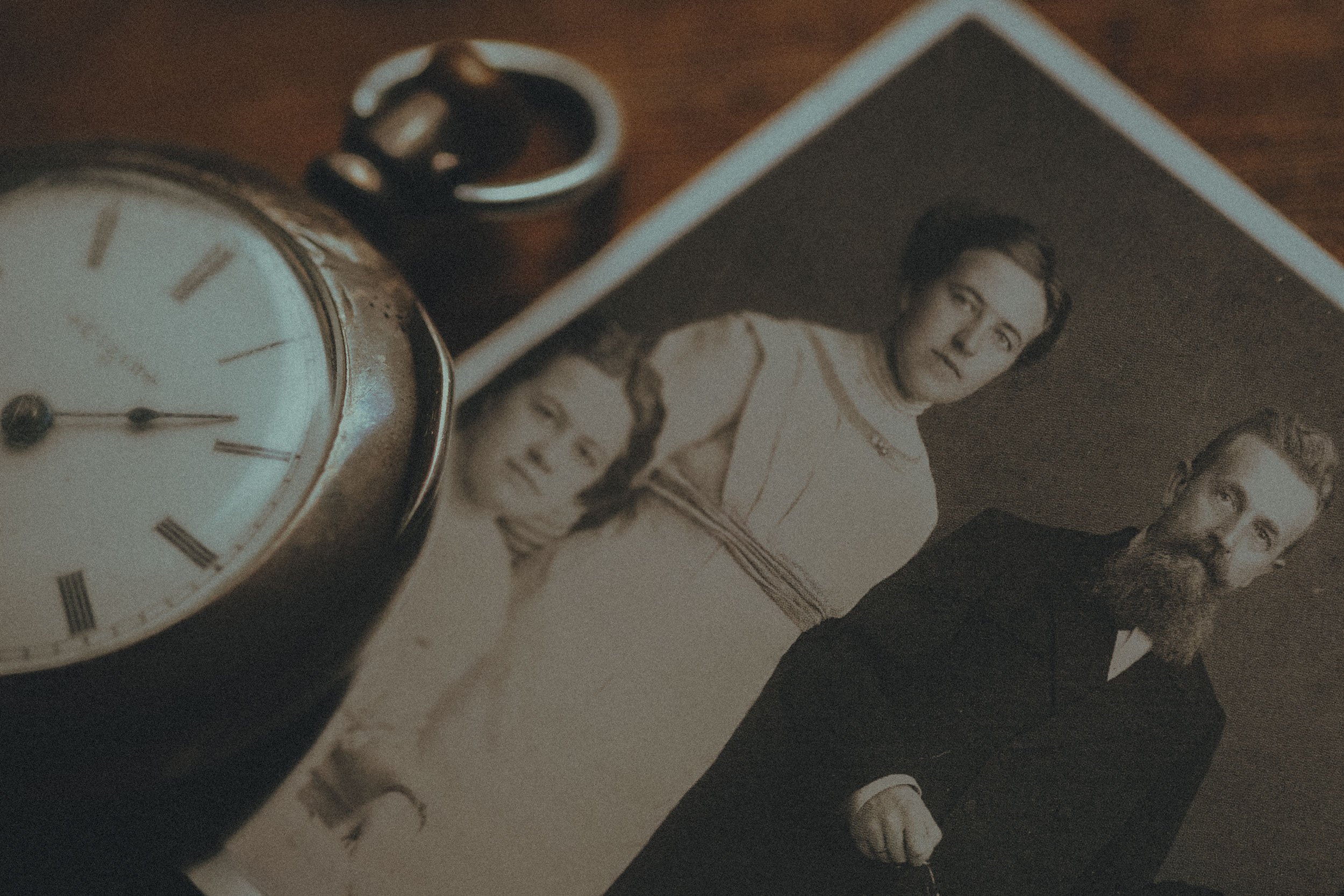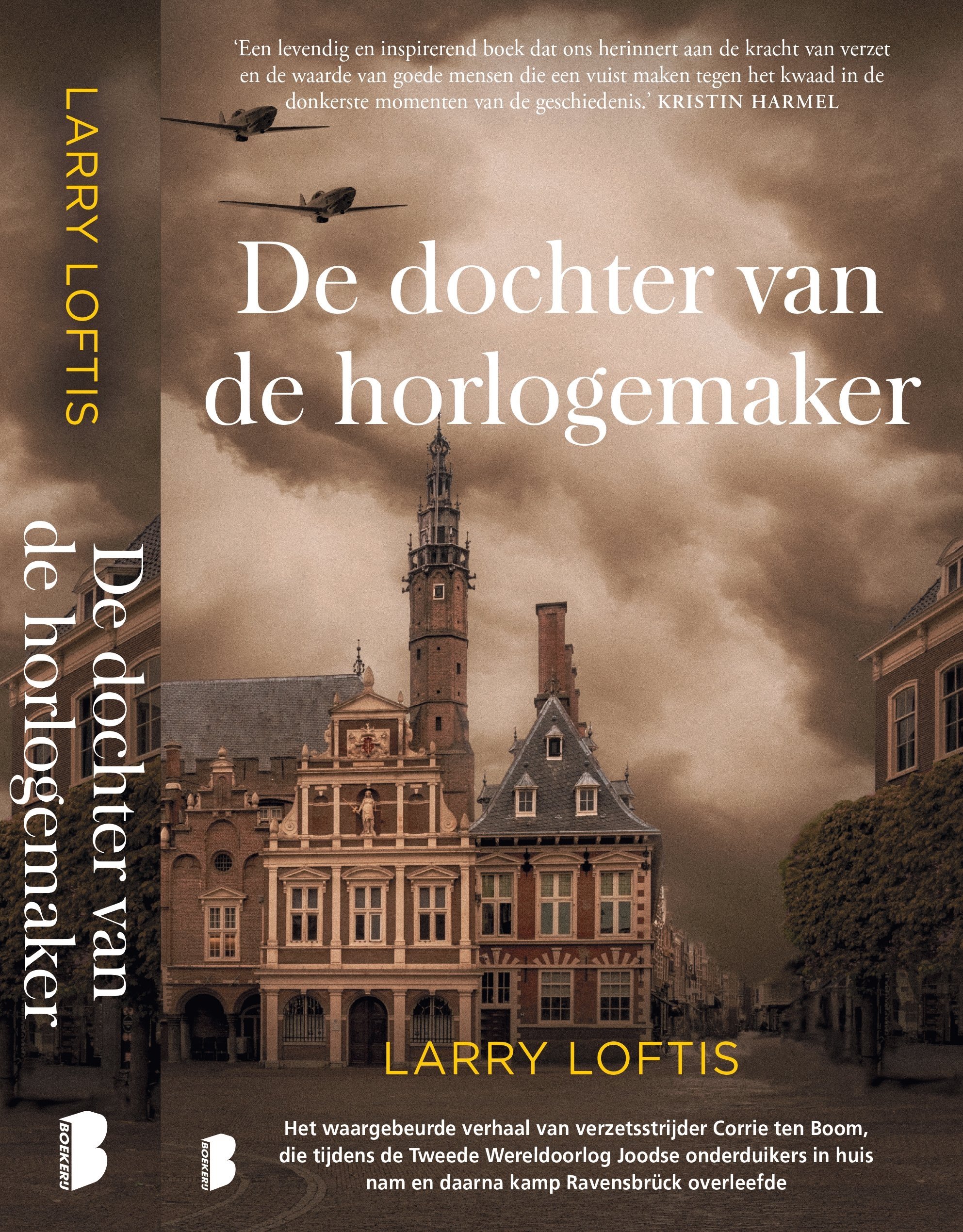
Now available in paperback!
THE WATCHMAKER’S DAUGHTER
"Larry Loftis ... reveals the truths of Corrie's life that have never been made public before. ... There's obviously a lot more that people didn't get simply by reading The Hiding Place, which first introduced us to her, and I hope people will read The Watchmaker's Daughter so that they can find the rest of the story."
⸻Gov. Mike Huckabee
Larry discusses THE WATCHMAKER'S DAUGHTER at the Reagan Library
What People Are Saying
“A story of unbelievable suffering and courage that deserves to be told.”
—Kirkus Reviews
"Mr. Loftis has greatly enriched the ten Boom story with well-researched additional material ... Corrie ten Boom’s indomitable faith in the face of evil was extraordinary, and The Watchmaker’s Daughter recounts a story that deserves to be remembered."
—Wall Street Journal
“[An] immersive biography … A well-researched and often captivating portrait of a remarkable woman.”
—Publishers Weekly
“Like a skilled archaeologist, Larry unearths little-known fragments of Corrie ten Boom’s story … if you loved The Hiding Place, read this book!”
—Jim Daly, Focus on the Family
“Impeccable research and exquisite attention to detail … Emotional and inspiring.”
—Jack Carr, #1 New York Times bestselling author
“Brims with intrigue, derring-do, and narrative thrills.”
—Neal Bascomb, New York Times bestselling author
The Story
During World War II, many Dutchmen hid Jewish neighbors who otherwise would have been sent to a Nazi death camp. The penalty for hiding Jews, however, was severe: immediate shipment to a concentration camp. One such family, who had a three-generation love for Jews and Israel, were the ten Booms in Haarlem Holland. The entire family hid Jews in their homes and all of them ended up in prison or a concentration camp. Corrie ten Boom’s father died in prison, while her sister Betsie died in a concentration camp; other family members died as well. Corrie survived, however, and spent the next thirty years speaking all over the world about what she and Betsie had learned at Ravensbrück concentration camp: love, forgiveness, and God’s grace.
Nollie, Corrie, Father Casper, Mother Cor, Willem, and Betsie in 1913
FROM THE PREFACE
In February 2020 I turned in the manuscript for The Princess Spy and began looking for another story. I wanted to stay within my narrow genre—narrative nonfiction WWII espionage thriller—but I was running out of countries and espionage outfits. My first book, Into the Lion’s Mouth, had been about Dusko Popov, the Serbian MI5/MI6 double agent who served in Portugal, primarily. Then came Code Name: Lise, with SOE agent Odette Sansom serving in France, followed by The Princess Spy, with OSS agent Aline Griffith serving in Spain. So I had covered the four western Allied espionage outfits—MI5, MI6, SOE, and OSS—and had written extensively about locales in Portugal, France, and Spain.
For my fourth book I wanted a new country and agency. As I scoured the various WWII stories available, my mind kept returning to Corrie ten Boom. Her story would bring not only a new country (Netherlands), but a different espionage angle (the Dutch Resistance). Yet, I hesitated because The Hiding Place has sold millions of copies and is almost sacred within Christian circles. So I had to answer the obvious question: “Does The Hiding Place tell the whole story, or is there much more?”
And since Corrie kept no war diary, her recollections are often vague and without dates. Fortunately, the first permanent refugee into the ten Boom household, Hans Poley, kept a daily diary and his 1993 release, Return to the Hiding Place, provides dates and details not mentioned in Corrie’s books. In addition, Corrie’s nephew Peter van Woerden—a key character in the story—published his own memoir, The Secret Place, in 1954.
What was more, I found out that Corrie’s entire collection of letters, photos, passports, scrapbooks, notes, and ministry publications is contained in the Buswell Library Archives and Special Collections, part of the Billy Graham Center Archives in Wheaton College.
This “perfect storm” of scattered material was precisely what I was looking for, and with additional details from other WWII material—including German—I knew I had the potential for a seminal book.
Equally important, what Corrie did after the war—the impact she had on countless millions across more than sixty countries—is more significant than the horrifying part of her story in concentration camps.
To my surprise, The Hiding Place seemed to contain less than ten percent of the overall story. In fact, Corrie’s own recollections about her family and the war were splintered into no less than six books: A Prisoner and Yet (1947), The Hiding Place (1971), Tramp for the Lord (1974), Prison Letters (1975), In My Father’s House (1976), and Father ten Boom: God’s Man (1978). Of the six, only The Hiding Place had wide distribution, and it contains not a single photo, fails to include valuable information found in her other books, and often lacks important characters in the story.



















